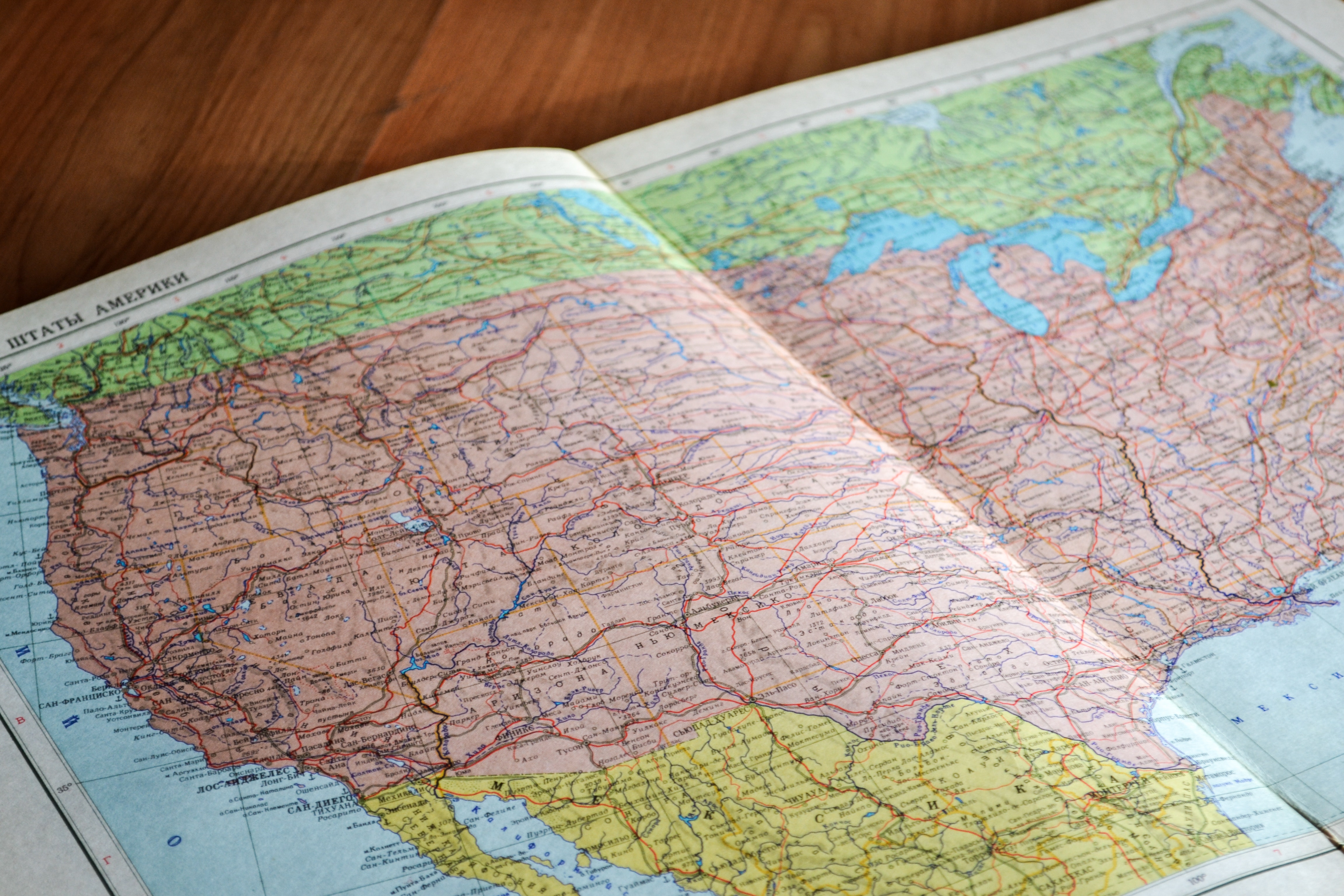You're probably aware that millions of people in the U.S. don't know where their next meal is coming from. However, you may have some misconceptions about what causes food insecurity in our country. Here are three factors:
Poverty
34 million people in America lived in poverty in 2019, earning $25,000 a year for a family of four, according to Feeding America. This salary means families earn a little more than $2,000 a month. That money then goes to:
- Rent: At least half of a monthly salary often goes toward housing. Adobo notes that the average monthly rent for a one-bedroom apartment was $1,078 in 2019.
- Transportation: Gas and car insurance eat up a lot of money even if you're not paying off a car loan. Bus and train fares add up quickly, too.
- Childcare: Many parents rely on daycares or preschools to take care of their children while they work. Even the most affordable option can cost several hundred dollars each month.
- Medicine and healthcare: If your job includes health insurance, you're still responsible for monthly premiums and any copays if you visit a doctor. If you don't have insurance, medical bills can be even more crippling. Monthly medication costs can deplete a bank account, too.
- Clothing: Employers sometimes require uniforms or dress clothes for work, and they don’t always provide them. While you may not be buying new clothes monthly, you often end up needing a new pair of shoes one month or pants the next. Children also outgrow clothing quickly and need a winter coat or boots as seasons change.
Because of other expenses and unexpected bills, like car repairs or medical emergencies, many families can’t afford groceries and skip meals to make ends meet.
While some Americans use the Supplemental Nutrition Assistance Program (SNAP), formerly known as "food stamps," one-third of food-insecure people aren't likely to qualify for most federal nutrition programs. This means many families shoulder the burden of food costs on their own, even with a reduced income.
Job instability
The COVID-19 pandemic has affected industries across the world, and many employees who formerly had stable jobs no longer do. Consider these facts from Feeding America :
- Food banks reported many Americans needing help in 2020, an average increase of 60%
- About 4 in 10 people visiting food banks between March and June 2020 had never received food assistance before
- An estimated 50 million people may experience hunger due to COVID-19
In April 2020, 7.7 million people in the United States were laid off , according to the Bureau of Labor Statistics (BLS) job openings and labor turnover survey (JOLTS). This is nearly three times the layoff amount in the worst month of the Great Recession.
Even before the pandemic, many Americans struggled to find stable employment. Single parents sometimes can't accept full-time employment because they can’t afford or find childcare. People who've served in prison face discrimination and often have a hard time finding a well-paying job. Those who can’t afford a university degree or were denied access to higher education are often ineligible for positions that pay a living wage.
Neighborhood conditions
People living in rural areas are more likely to face food insecurity. This is because they often live further from a food bank, their communities have higher rates of unemployment, and they have fewer gainful job opportunities.
More people live in poverty in rural communities as well. In 2019, 13.3% of people in rural areas lived below the poverty line , while 10% of those in urban areas did.
Neighborhood demographics also contribute to food insecurity. Black and Hispanic neighborhoods have fewer supermarkets than white and non-Hispanic neighborhoods. This means many residents have to travel further to get groceries. They may also rely on convenience stores and may not have as much access to healthy foods.
The COVID-19 pandemic has also heightened food insecurity in indigenous communities. In 2020, the Navajo Nation had a 3.4% COVID-19 infection rate , twice the rate in New York City. With just 13 grocery stores on the Navajo reservation , an area larger than West Virginia, many residents couldn't get supplies they needed when COVID-19 caused a shortage.
Though these three factors — poverty, job instability, and neighborhood conditions — are complex and widespread, it's easy to help a family facing hardship. Fund a cart on Givley. Donate generously to local food banks. Be aware of people in your neighborhood who are hungry and drop off groceries when you can. Your efforts do make a difference.
